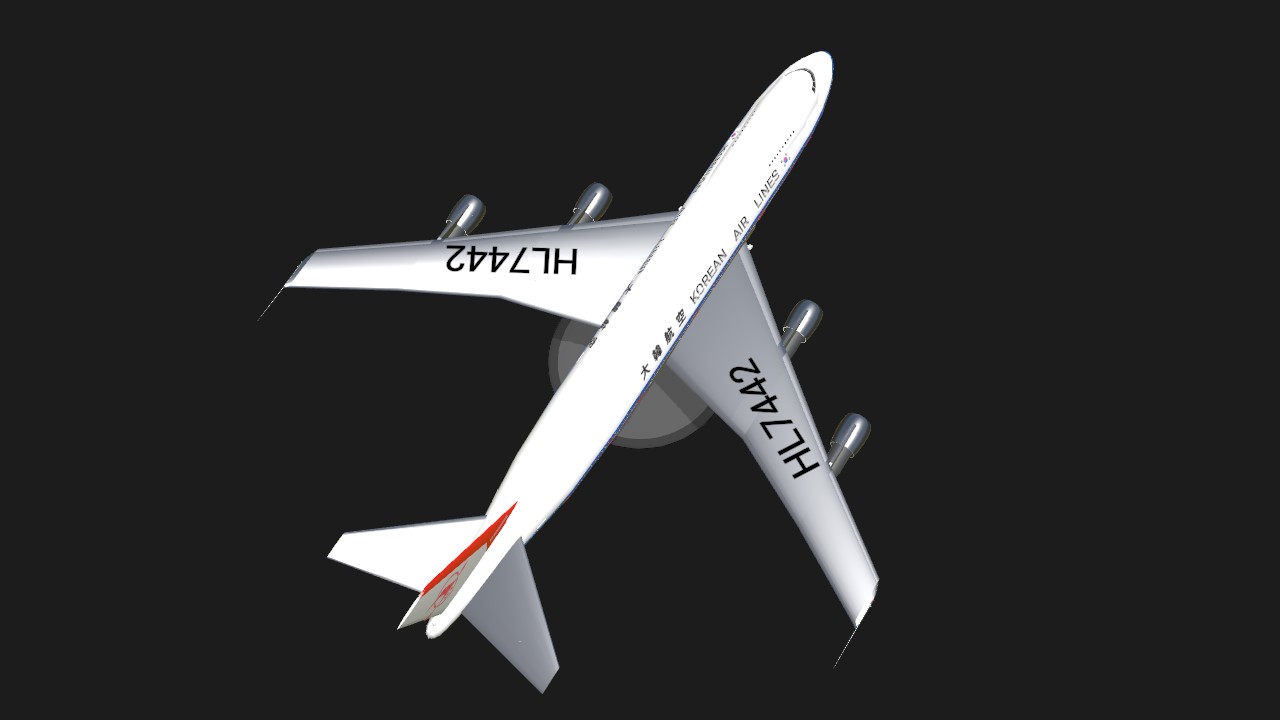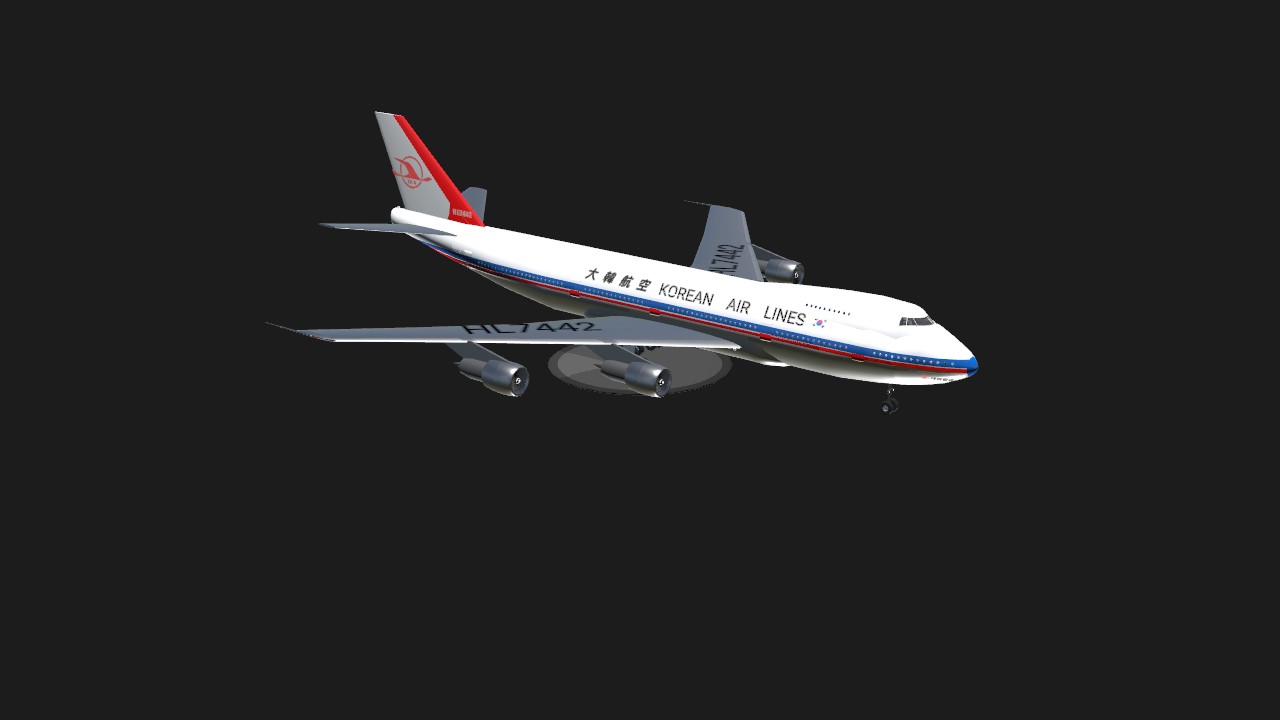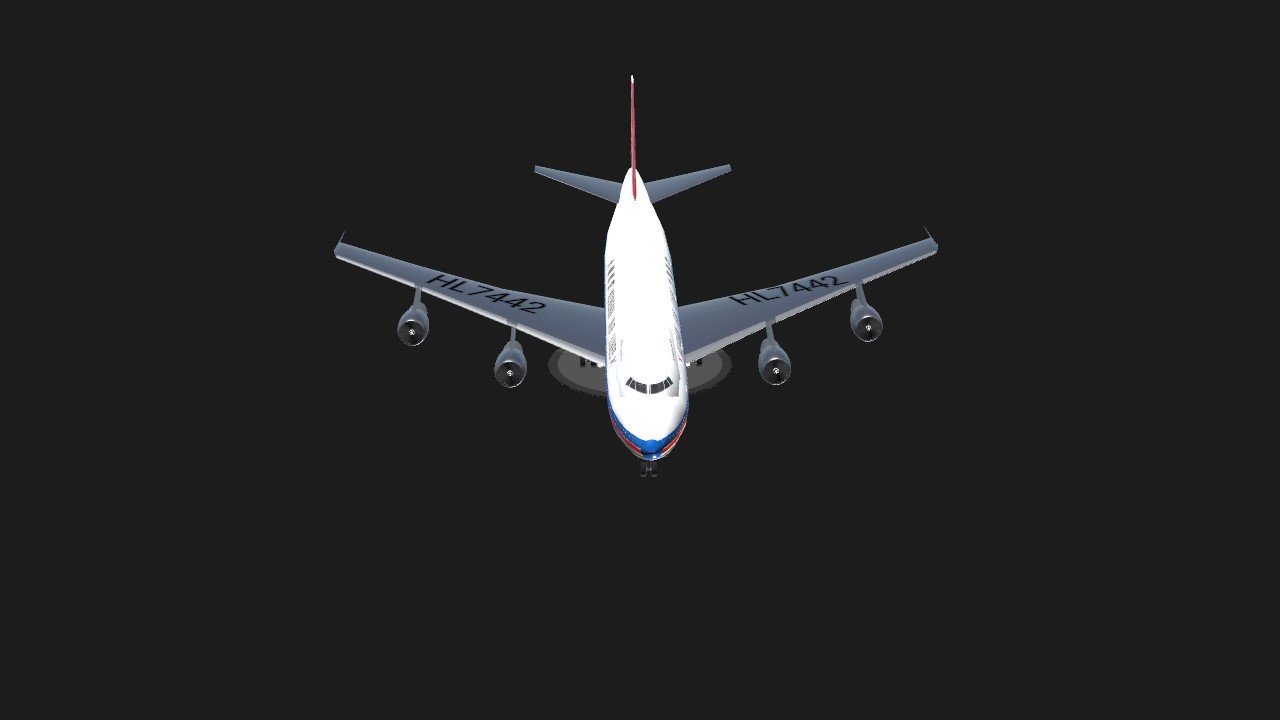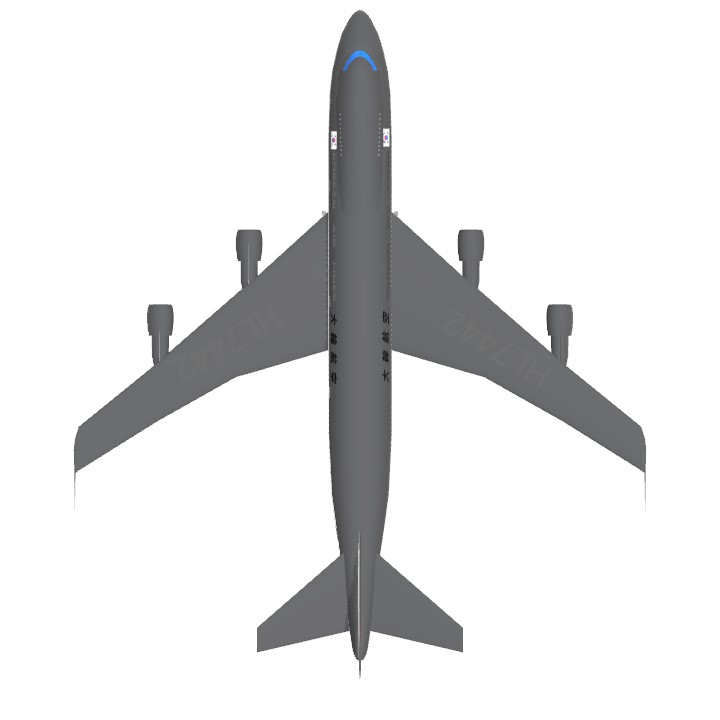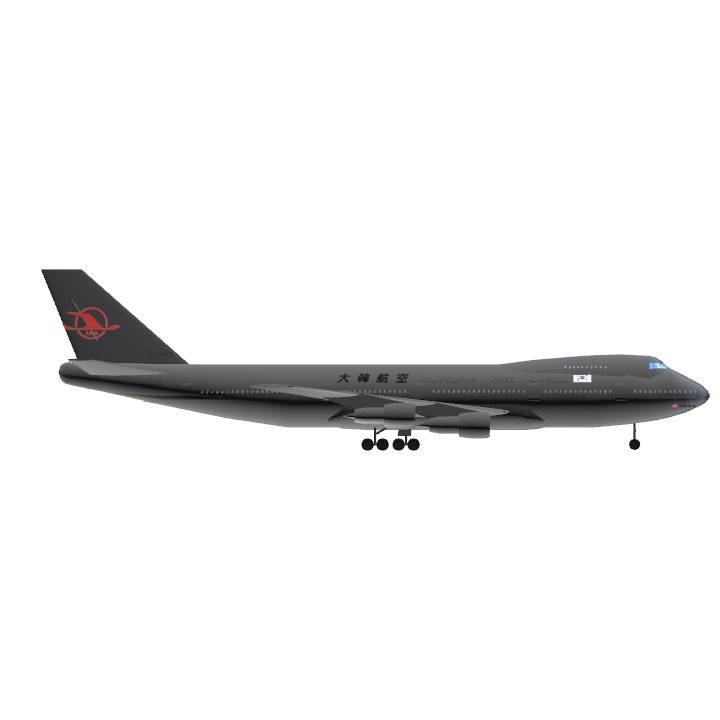
Korean Air Lines Flight 007 (KE007/KAL007)[note 2] was a scheduled Korean Air Lines flight from New York City to Seoul via Anchorage, Alaska. On September 1, 1983, the flight was shot down by a Soviet Sukhoi Su-15 interceptor aircraft. The Boeing 747 airliner was en route from Anchorage to Seoul, but owing to a navigational mistake made by the crew, the airliner drifted from its planned route and flew through Soviet prohibited airspace over underground silos with intercontinental ballistic missiles. The Soviet Air Forces treated the unidentified aircraft as an intruding U.S. spy plane, and destroyed it with air-to-air missiles, after firing warning shots. The Korean airliner eventually crashed into the sea near Moneron Island west of Sakhalin in the Sea of Japan, killing all 246 passengers and 23 crew aboard, including Larry McDonald, a United States representative. It is the worst Korean airlines disaster. The Soviet Union found the wreckage under the sea two weeks later on September 15 and found the flight recorders in October, but this information was kept secret by the Soviet authorities until 1992, after the country's dissolution.
The Soviet Union initially denied knowledge of the incident,[2] but later admitted to shooting down the aircraft, claiming that it was on a MASINT spy mission.[3] The Politburo of the Communist Party of the Soviet Union said it was a deliberate provocation by the United States[4] to probe the Soviet Union's military preparedness, or even to provoke a war. The US accused the Soviet Union of obstructing search and rescue operations.[5] The Soviet Armed Forces suppressed evidence sought by the International Civil Aviation Organization (ICAO) investigation, such as the flight recorders,[6] which were released ten years later, after the dissolution of the Soviet Union.[7]
As a result of the incident, the United States altered tracking procedures for aircraft departing from Alaska, and President Ronald Reagan issued a directive making American satellite-based radio navigation Global Positioning System freely available for civilian use, once it was sufficiently developed, as a common good.[8]

Specifications
General Characteristics
- Predecessor Boeing 747-100 JAL JA8119
- Created On Windows
- Wingspan 193.0ft (58.8m)
- Length 242.7ft (74.0m)
- Height 61.2ft (18.6m)
- Empty Weight N/A
- Loaded Weight 167,963lbs (76,186kg)
Performance
- Power/Weight Ratio 1.806
- Wing Loading 22.4lbs/ft2 (109.1kg/m2)
- Wing Area 7,514.5ft2 (698.1m2)
- Drag Points 32141
Parts
- Number of Parts 1173
- Control Surfaces 7
- Performance Cost 4,995

